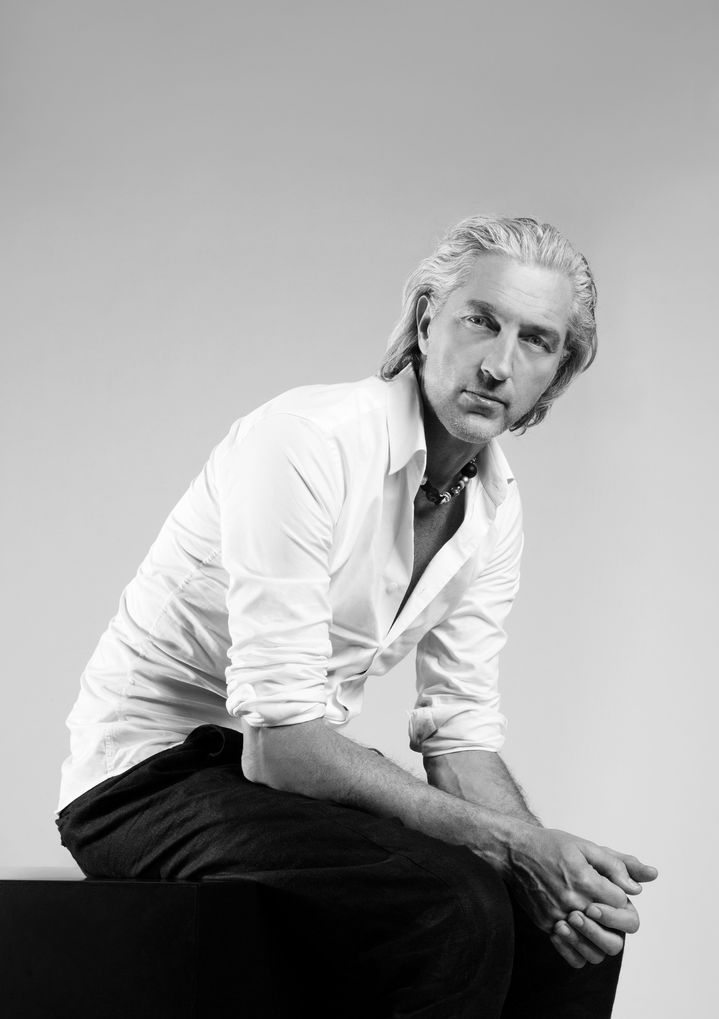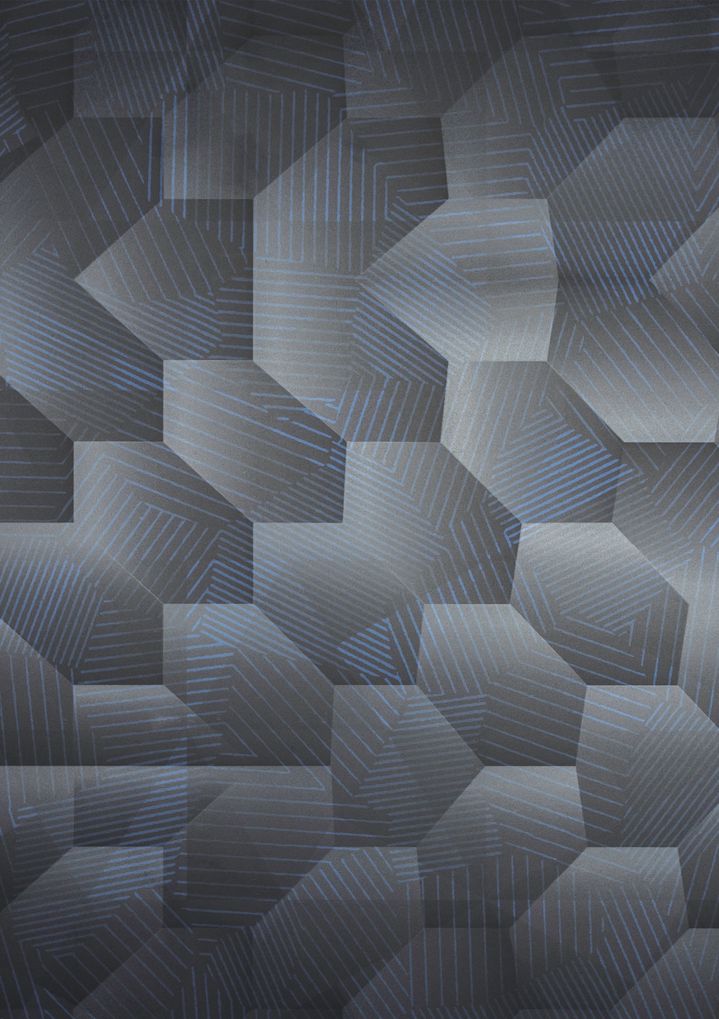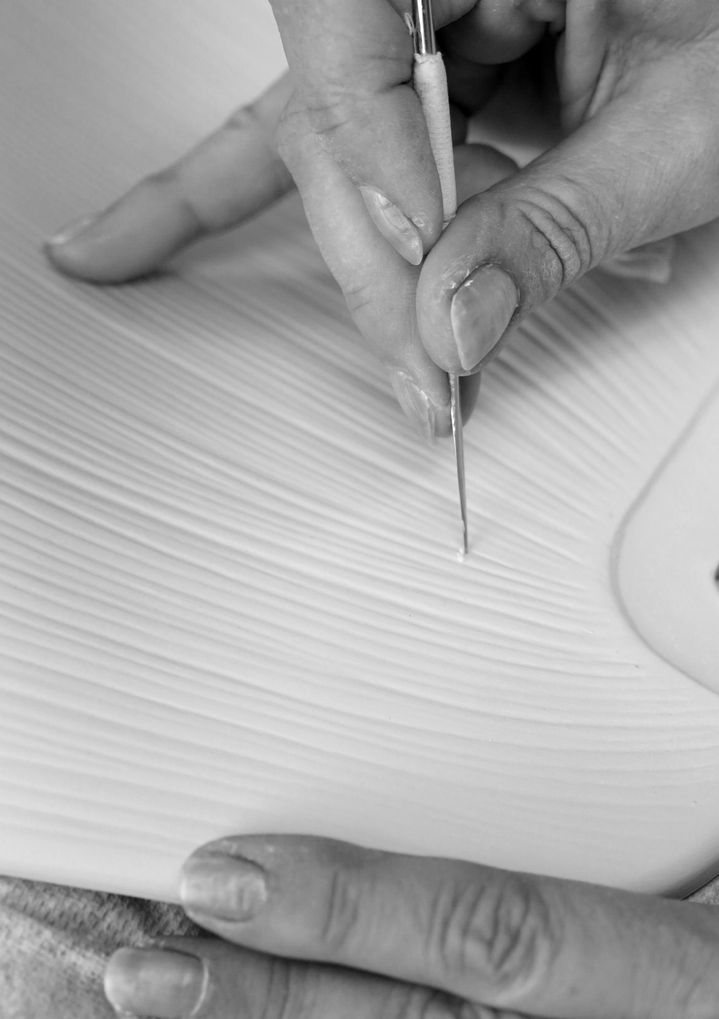“Human-centered design begins where functionality ends”
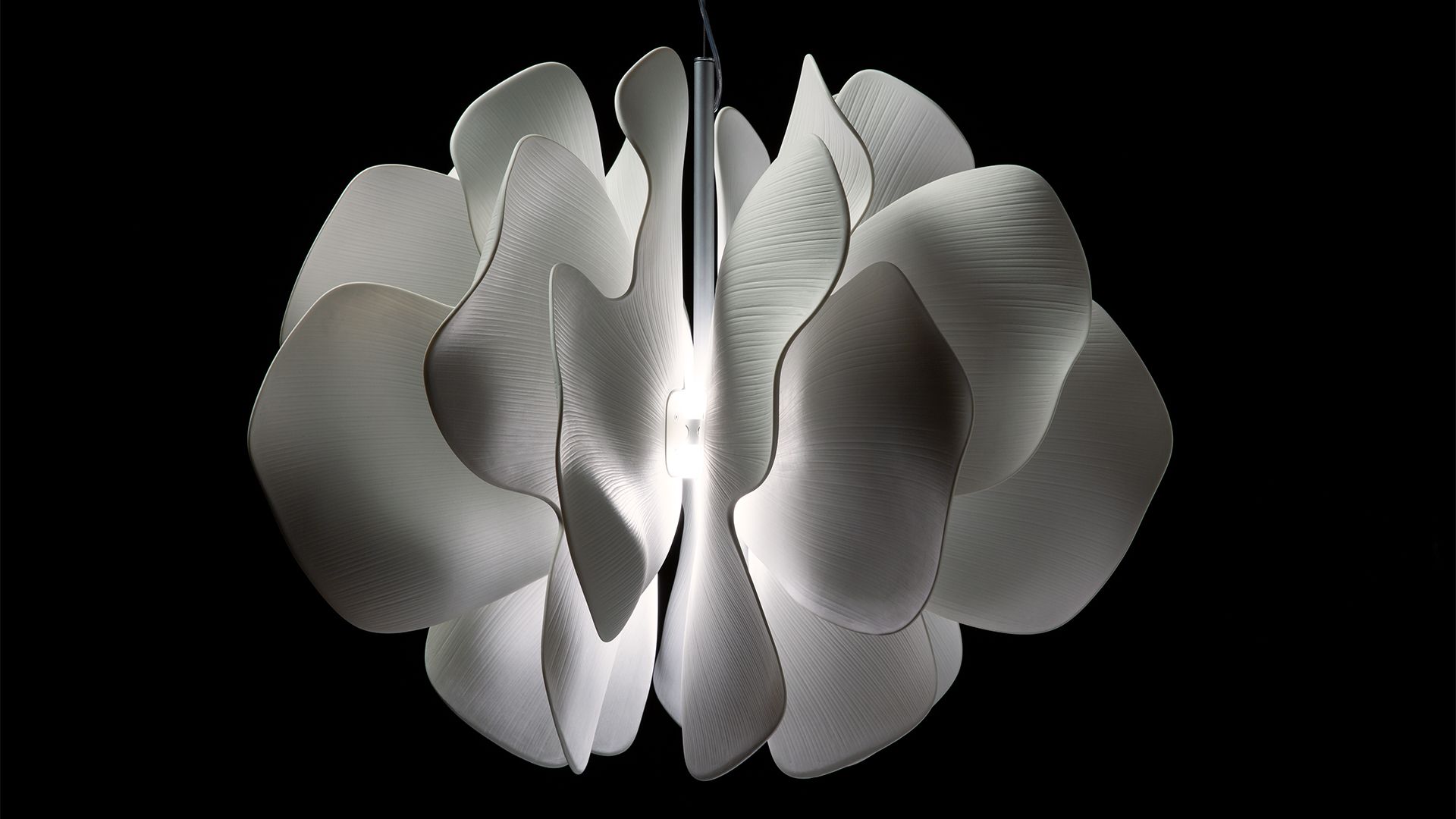
Mr. Wanders, your design approach is human-centered – what does that mean?
You know, we humans do weird things. We put Christmas trees in our houses, we wear high heels and we get excited when a cat licks its fur. Human-centered design is about understanding that we are not as rational as we like to think. It’s about how we engage with objects and each other in our world, both as individuals and together. For the longest time, we thought of design as a rational, systematic activity. But in reality, people are at least partly irrational and I believe that makes us beautiful and poetic. It’s fascinating to try to understand the true nature of mankind and the true poetry behind what we do. With this in mind, my studio wants to create maximum value that lasts for the longest possible time using the minimum of resources.
How do you apply the principles of human-centered design?
Human-centered design is about the connections between humans and their man-made environment. Function is maybe the first connection. Yet functionality is the lowest standard. If it doesn’t work, it fails to meet the minimum reasonable standard. We often stop once things work. But human-centered design really begins where functionality ends. It is our job to elevate things to the next level. A level where a question turns into a welcoming invitation – and finding the answer is like solving an intriguing riddle. The objects that I make or we use are just a means of communicating our values, our dreams, our spirit.
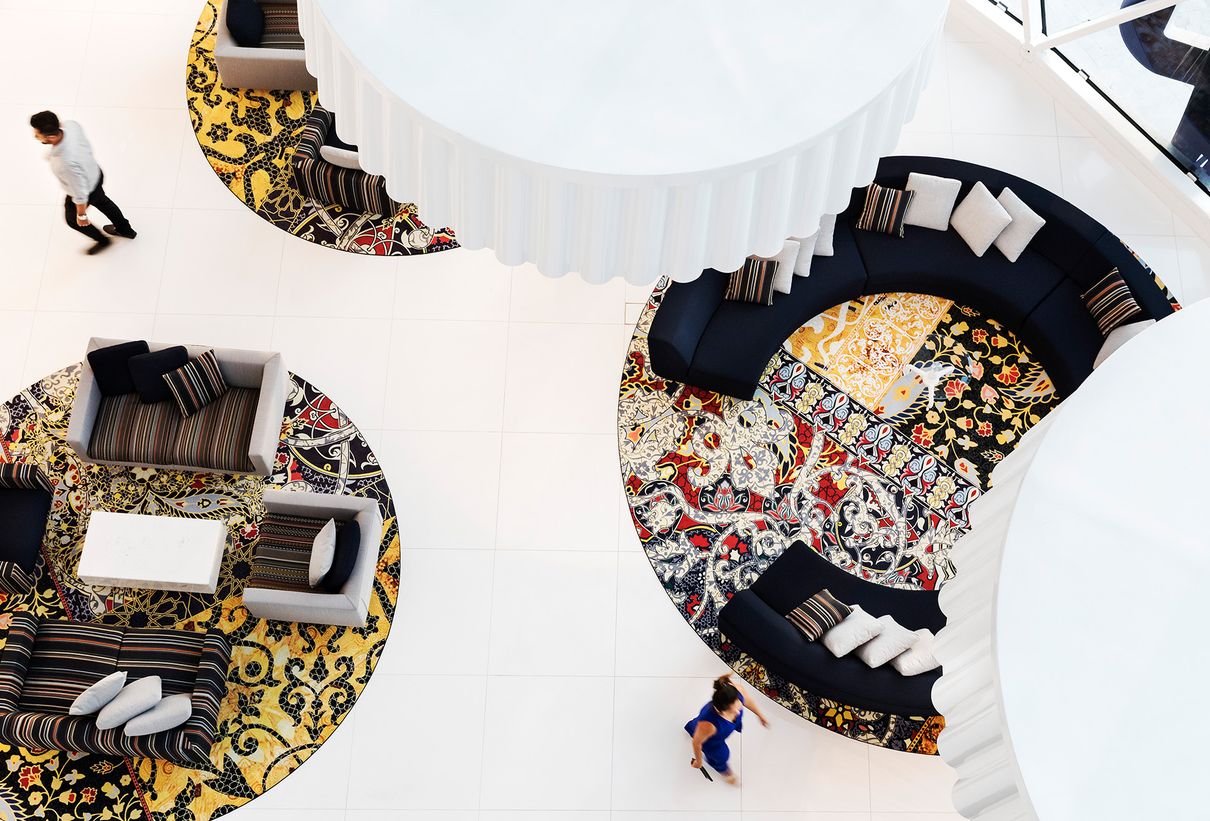
What does that mean for people’s lives in general – and does sustainability play a particular role?
I guess it means that if we are able and willing to engage with the objects that surround us, our artificial environment – like our natural environment – will become more meaningful. And if the objects surrounding us become more engaging and meaningful, I am certain there will also be greater reflection on their purpose, leading them to give us more value for longer. To be more sustainable, we need fewer objects of greater value. Less of more.
Can you give us an example of one of your humanistic designs?
One of my signature designs is a large lamp representing a bell. We’ve all heard bells ringing. They are a symbol of arrival, gathering, alarm and welcome. The bell was the first medium of mass communication. It was the first way to call people across great distances. The bell performed that role. We have now used this icon to do the same again. The bell lamp draws people together.
“
If poetry is about love. And art, theatre and if opera is about love... Why do we think design is about functionality?”

How and when did design lose the human touch?
When rationalism and minimalism took over and the age of modernism began. Modernists make rationality the key factor in decision making. We have begun to think of design as something that serves the brain, but we humans are much more interesting than our brains. Since the beginning of the modern age, we have been calculating everything. Take architecture, for instance: houses today look like Excel spreadsheets, not like homes. Of course, ratio is a great starting point, since functionality is the absolute minimum standard any object must meet. But you cannot stop at the minimum. Not if you want to make something that really brings added value to our society and those living in it.
Marcel Wanders
Marcel Wanders is a Dutch designer. Under his and Gabriele Chiave’s creative leadership, Marcel Wanders studio in Amsterdam employs 40 design and communications experts. He became famous in 1996 for his iconic Knotted Chair. In 2001, he co-founded the design label Moooi.
Price tag notwithstanding, how do you add value to an object?
It’s not rocket science. Fundamentally, it’s easy, although not yet ubiquitous. If you have something that you really like, that you have searched for and found, that does what other objects do but you wouldn’t want to swap it, then you have found added value. If you have something in your house and you don’t care if you have it, would you trade it for another version that does the same thing? If so – I’m sorry – either you shouldn’t have bought it to begin with, or it has miserably failed to live up to its promise.
What would you save from a burning house?
I have an ugly ceramic pot that is 3,000 years old. It was at the bottom of the ocean for a very, very long time. It got lost with an Asian ship on which it was used for more than a 100 years. It has been in my house for 23 years now. I feel humble in its presence. My own design label Moooi now makes copies of this ancient pot, which we sell as porcelain vases. So now, after more than three millennia, this ugly pot has had babies. It feels like I gave a family to this old pot and its maker. It’s very important to me.
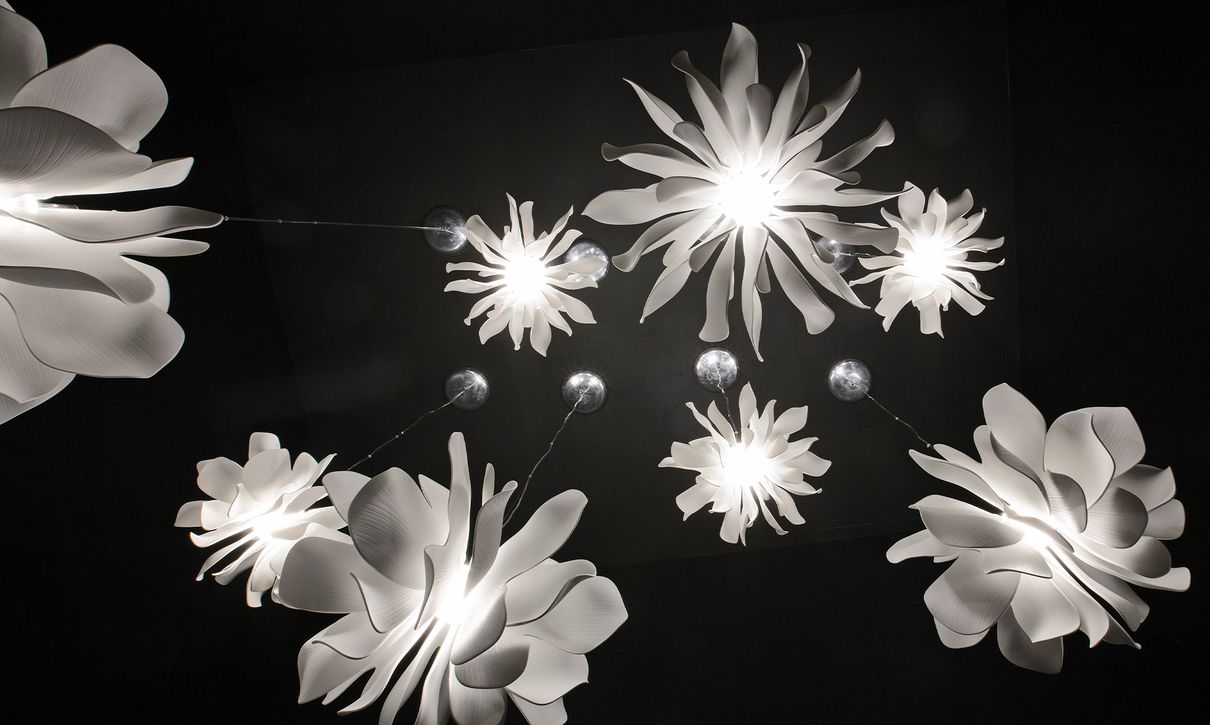
“
Let’s cover it with layers of poetry, love and surprises.”
You are known as a powerful creative force in the design world that rationalises fantasy and passion in the “creation” process. How do you achieve that?
Well, I am alive. I am a human being. I make my humanity count. I try to let my brain work, but I don’t stop there. When we have a design challenge in my studio, I tell my team: Let’s think of everything, let’s look at the problem from every possible angle, let’s make it super smart, let’s think of all possible functions in the best possible way. And when we’ve done that, when we’ve completely solved the problem in the smartest way, I tell them: Let’s cover its intelligence with layers of poetry, layers of love and surprises. Let’s make sure nobody finds out. No one likes the smartest kid in the classroom, but if the sweetest, humblest and most beautiful girl in class is the smartest – she will be loved by everyone.
Your studio created the concept and furniture for the Audi City Lab at Milan Design Week 2021. What does this tell us and show us – what did you “cover,” as you put it?
Light as a medium that conveys information and mood plays an important role for Audi and is crucial to the experience of the Audi City Lab. There are lights everywhere. They lead the way, attract your eyes, tell you stories, play with your senses and heighten your sensitivity. It is a game that is intuitive and carmakers are the best players. Beyond the lighting, I think it is more than interesting that an Audi car seat never looks anything like a normal seat that you would have in your home. You expect something different from a chair in your car than you do from a chair in your house. This is partly functional, but there is still a symbolism to it. So for Milan, we created an automotive Audi chair for a home setting – mixing the symbols and thus creating a lost and wandering anomaly.
Talking about Audi seats: Looking at the Audi sphere concept cars, the brand focuses on human-centered design especially when it comes to interiors. In your opinion, what makes a car human-centered?
Isn’t it crazy that your body flies 20 centimeters above the rock-hard ground at such fast speeds? Protected only by this relatively small environment. The big challenge for a car therefore is not only a physical and functional one, it’s also – and maybe entirely – about making sure you don’t completely freak out inside that space. Cars must be human-centered symbiotic bionic beings. We need a completely reliable unity between driver and car.
Audi x Milan Design Week 2021

